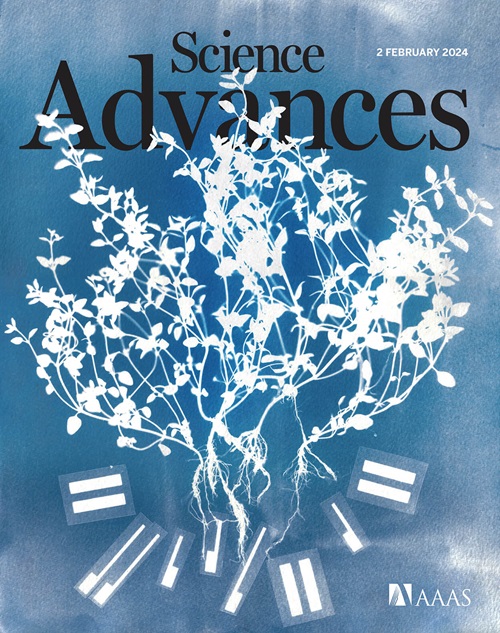Phanerozoic icehouse climates as the result of multiple solid-Earth cooling mechanisms
IF 11.7
1区 综合性期刊
Q1 MULTIDISCIPLINARY SCIENCES
Science Advances
Pub Date : 2025-02-14
引用次数: 0
Abstract
The Phanerozoic climate has been interrupted by two long “icehouse” intervals, including the current icehouse of the last ~34 million years. While these cool intervals correspond to lower atmospheric CO2, it is unclear why CO2 levels fell, with hypotheses suggesting changes in CO2 degassing rates or modification of silicate weathering through changing continental lithology or paleogeography. Here, we construct an Earth System Model that integrates these proposed cooling mechanisms in detail. The model can reproduce the broad geologic record of ice cap expansion, allowing us to infer the primary drivers of long-term climate change. Our results indicate that recent icehouse climates required a combination of different cooling mechanisms acting simultaneously and were not driven by a single known process, potentially explaining why icehouses have been rarer than greenhouses over Earth history.

求助全文
约1分钟内获得全文
求助全文
来源期刊

Science Advances
综合性期刊-综合性期刊
CiteScore
21.40
自引率
1.50%
发文量
1937
审稿时长
29 weeks
期刊介绍:
Science Advances, an open-access journal by AAAS, publishes impactful research in diverse scientific areas. It aims for fair, fast, and expert peer review, providing freely accessible research to readers. Led by distinguished scientists, the journal supports AAAS's mission by extending Science magazine's capacity to identify and promote significant advances. Evolving digital publishing technologies play a crucial role in advancing AAAS's global mission for science communication and benefitting humankind.
 求助内容:
求助内容: 应助结果提醒方式:
应助结果提醒方式:


